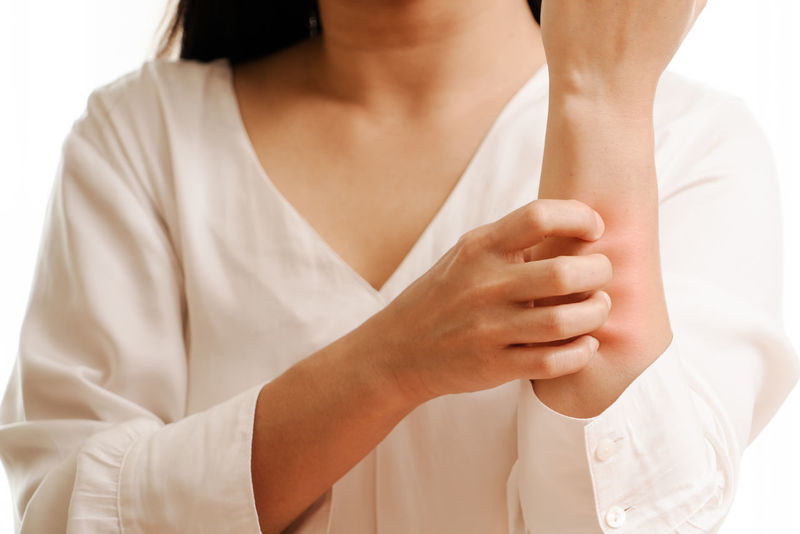The Foundation of Good Eating Habits – With Ayurveda
‘The Act of eating’ is life giving and The Process of digestion, is the critical half of it!!!
Benefits of right Eating Habits or Good eating habits in Ayurveda –
Eating for maximum benefit requires awareness and is important for the development of consciousness as well as our physical health—
-
Stimulating Digestion- When we sit down to eat with our stomach in a relaxed posture and our awareness on the taste, texture and smell of the food, then digestion is greatly improved. For optimal digestion, our bodies need a suitable environment, for it to start an uplifting and a settled environment allows the body to process and absorb the nutrients from our meals. Standing, walking, driving and other similar activities can inhibit digestion.
-
Another way to improve digestion is stimulate the ‘Agni’ or Digestive fire in our stomach, before we begin eating. Weak digestive fire may result in fatigue after eating —
So, to handle this, “The Council of Maharishi Ayurveda Physicians” recommends Right Eating which include the following—
*Eat sitting down, in a settled environment, without the T.V on.
*Eat a teaspoon of grated fresh ginger with a few drops of lemon and a pinch of salt, before a full meal. The blend of spices activates the salivary glands, producing the necessary enzymes to help digest the nutrients in the food and help support absorption by the body.
* Follow nature’s prescription of suitable times to eat. Our digestive system is closely tied to the solar cycle.
*Ayurveda suggests that lunch be the largest meal of the day, since that is the time when the digestive fire is at maximum potency. As the sun goes down, so does our digestive fire.
*Avoid ice-cold drinks and foods
*Chew food thoroughly.
*Stay Hydrated.
*Eat mindfully and only when hungry.
*Add healthy fats to your diet. Good Digestion requires eating enough fat.
Good Nutrition goes beyond eating foods that are fresh and wholesome. If the process of digestion is sluggish, the body creates sticky food residue called ‘Ama’, that can clog the channels in our body and hinder the process of assimilation. Proper digestion and metabolism on the other hand results in the conversion of the foods you eat into healthy body tissues.
A few Ayurvedic Dietary Rules—
-Leave 4 hours between meals with no snacking [Eating in between meals weakens the digestive fire].
-The sign that the previous meal is digested is when the breath is fresh.
-Drink hot water to stimulate the digestive fire [Agni]
-Eating foods with cold, wet and heavy qualities, weakens the Agni.
-Avoid contradicting food combinations, such as raw and cooked foods together and very hot and cold foods at the same time.
Therefore, what you eat can nourish and strengthen the digestive fire, boosting your digestive system—or on the other hand it can smother it, leading to an impaired, weakened or imbalanced Agni. So, the health goal is to balance this ‘Digestive Fire.’
“A diet of Simple Foods is the Best for your Gut”













